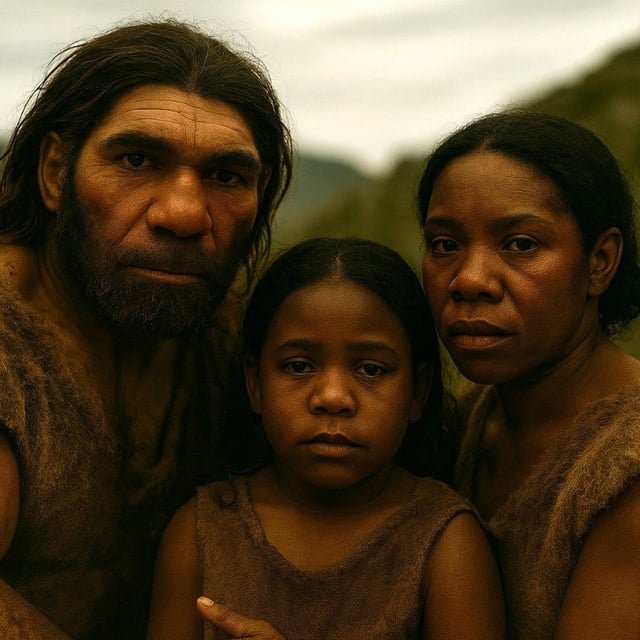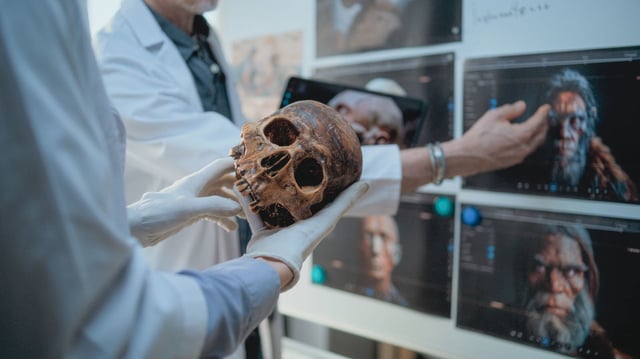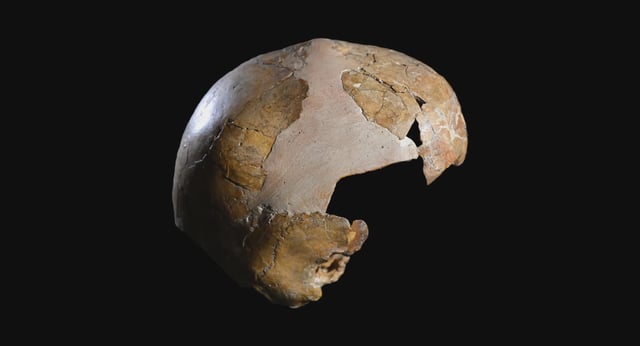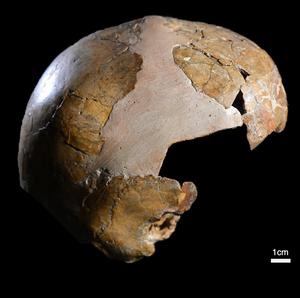Overview
- The skeleton of a likely five-year-old female, excavated about 90 years ago in Skhul Cave on Mount Carmel, is dated to roughly 140,000 years.
- The skull vault displays Homo sapiens–like curvature, while the intracranial blood supply, lower jaw, and inner ear show Neanderthal-typical traits.
- Researchers from Tel Aviv University and the French CNRS used micro-CT scans and 3D reconstructions to conduct detailed morphological comparisons.
- The find pushes physical evidence of Neanderthal–Homo sapiens interbreeding back by more than 100,000 years compared with the 28,000-year-old Lapedo Valley child.
- The authors argue these early interactions in the Levant likely left little trace in modern genomes, aligning with genetic evidence for later admixture events between 60,000 and 40,000 years ago.



